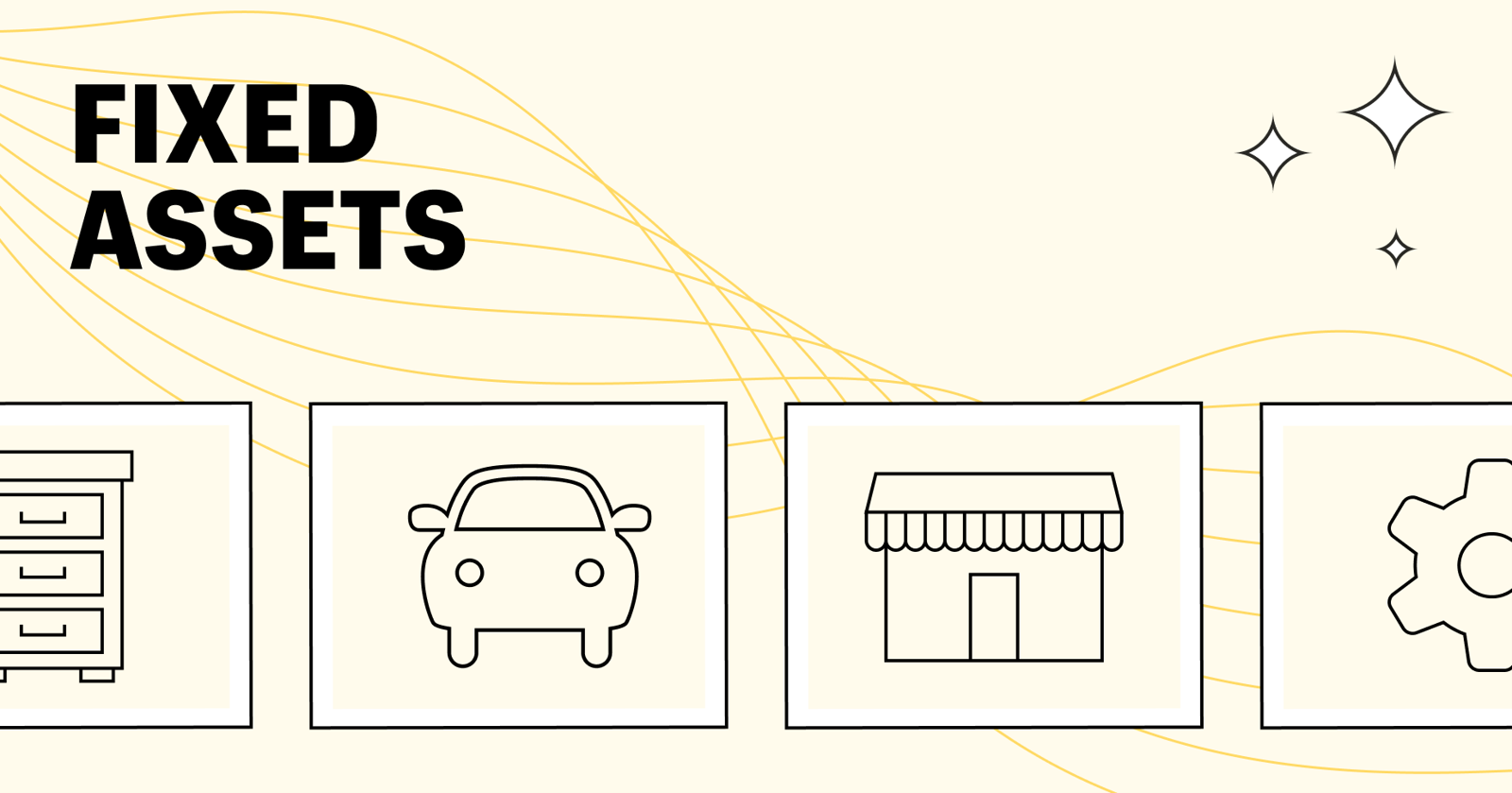
In the competitive business environment of today, optimizing return on investment (ROI) is a vital goal for businesses of all sizes. An area that is sometimes left behind in this aim is the optimum management of fixed assets. These are long-term tangible assets such as machinery, equipment, buildings, and vehicles that a company uses to earn revenue. Effective management of such assets not only enhances the efficiency of operations but also provides opportunities to maximize finances, such as how to limit taxable income.
Knowing Fixed Assets and How They Matter
Fixed assets are the pillars of most companies. In contrast to inventory or temporary assets, these assets are designed to benefit the firm for several years. Fixed assets are valuable, and in most cases, they form the majority of the investment of a firm. It is for this reason that companies need to monitor, upkeep, and maximize such assets in order to ensure that they make an optimal contribution to the profitability of the firm.
Ineffective handling of fixed assets may result in avoidable expenses. For instance, underutilized or inadequately maintained equipment could be forced to be replaced early, cutting down on ROI. However, companies that sensibly manage such assets are able to boost productivity, minimize expenses, and even maximize tax efficiency.
Depreciation: A Strategic Technique to Minimize Taxable Income
One of the greatest means by which companies can take advantage of fixed assets is by using depreciation. Depreciation is the method used to account for the allocation of a tangible asset's cost over the course of its useful life. This accounting technique enables companies to track the decrease in value of an asset over time due to wear and tear, usage, or obsolescence.
By deprecating fixed assets correctly, companies can minimize taxable profits. Depreciation is a non-cash expense, which reduces the overall profit on books but not cash outflows. A number of depreciation methods exist, including:
Straight-line
Accelerated
Each has its own accounting and tax implications. The correct approach can considerably influence the tax status of a company and its cash management.
Installation of a Fixed Asset Management System
In order to maximize ROI on fixed assets, companies need to have an effective fixed asset management system. The system facilitates the tracking of assets from procurement to disposal, enabling accurate record-keeping, regulatory compliance, and optimal utilization. Some of the most important advantages of such a system are:
Improved Asset Tracking: Being aware of the precise location, state, and status of assets minimizes losses related to theft, loss, or underuse.
Optimized Maintenance: Maintenance planning prolongs the life of assets, minimizing the requirement for premature replacements and cutting downtime.
Improved Financial Planning: Good records provide improved capital expenditure forecasting, enabling companies to manage resources more effectively.
Tax Optimization: Thorough records make it easy to calculate depreciation and avoid missing available tax benefits, adding to planning on minimizing taxable income.
Taking Advantage of Tax Incentives and Credits
Firms must not underestimate possible tax breaks associated with fixed assets. Bonus depreciation, Section 179 expensing, and energy-efficient equipment credits, for instance, can offer upfront deductions, essentially reducing taxable income.
Section 179: Permits firms to write off the total cost of eligible assets in the year that they put assets into service, as opposed to depreciating them over several years. This can result in meaningful upfront savings, enhancing cash flow and ROI.
In Renaissance Advisory, we frequently recommend that clients review their fixed assets from a tax perspective to make sure that all available deductions and incentives are being maximized. With the integration of wise asset management and tax planning, companies can get their investments in fixed assets to work for them better.

Regular Asset Reviews and Lifecycle Analysis
Optimizing ROI is not an isolated activity; it is an ongoing process that needs monitoring and evaluation. Holding regular asset reviews helps confirm resources are aligned with business objectives. Companies should examine:
Usage Rates: Are assets performing optimally, or are some underutilized?
Maintenance Expenses: Is the expense of maintenance worth the asset's value to revenue?
Replacement Strategy: Is there a potential for upgrading to more efficient or cheaper alternatives?
Lifecycle analysis can also expose when assets have turned into liabilities instead of revenue generators. Selling or retiring old equipment can liberate capital for investment in newer, higher-capacity assets that can ultimately boost ROI.
Training and Culture for Asset Efficiency
Fixed assets are made more effective through human capital. The staff needs to be trained to operate equipment effectively and maintain it. There should be a culture of responsibility and awareness towards asset usage in order to avoid misuse, lower costs, and increase the shelf life of essential resources.
Technology Integration and Automation
Today's companies can use technology to extract the highest possible return from their fixed assets. Technologies such as IoT sensors, RFID tracking, and predictive maintenance software give them real-time visibility into asset condition, usage habits, and future problems. These technologies allow them to make proactive decisions, minimize downtime and maintenance expenses, and boost productivity and ROI.
In addition, when fixed asset management is integrated with enterprise resource planning (ERP) or accounting systems, financial and operational information will be aligned. With this integrated approach, companies can optimize depreciation schedules, stay in compliance, and strategically plan investments ahead.
Strategic Disposal and Replacement
Lastly, companies need to plan for the replacement and disposal of fixed assets strategically. Refurbishing or selling sluggish or outdated equipment can release capital, minimize storage expenses, and even produce extra income. While replacing assets, take into consideration:
Total cost of ownership
Tax advantages
Return on investment
A wise replacement strategy helps ensure that assets will continue to drive business development instead of becoming a liability.
Conclusion
Maximizing ROI on fixed assets involves strategic planning, effective management, and tax-sensitive decision-making. From depreciation and tax allowances to maintenance, technology integration, and employee training, every detail matters in maximizing the value of assets.
For companies seeking to reduce taxable income while maximizing operational productivity, fixed asset management strategy cannot be an afterthought. It requires precise attention, accurate documentation, and proactive measures in order that every dollar spent on assets is counted towards profitability.
At Renaissance Advisory, we assist companies in creating customized strategies that align fixed asset management with overall financial and operational objectives. Through experienced expertise and industry best practices, businesses can maximize the potential of their fixed assets, achieve high ROI, and support sustainable growth.

















Write a comment ...